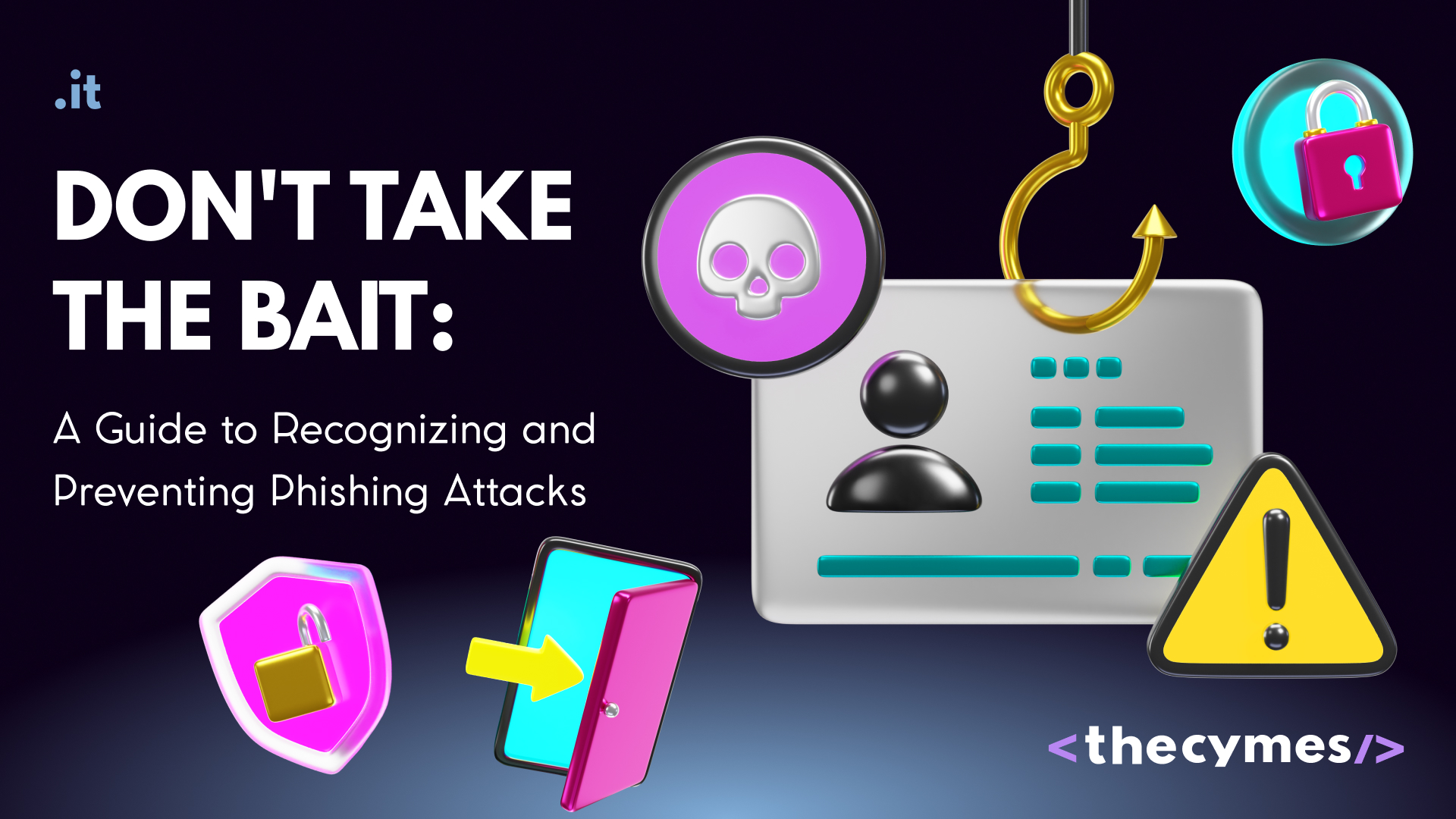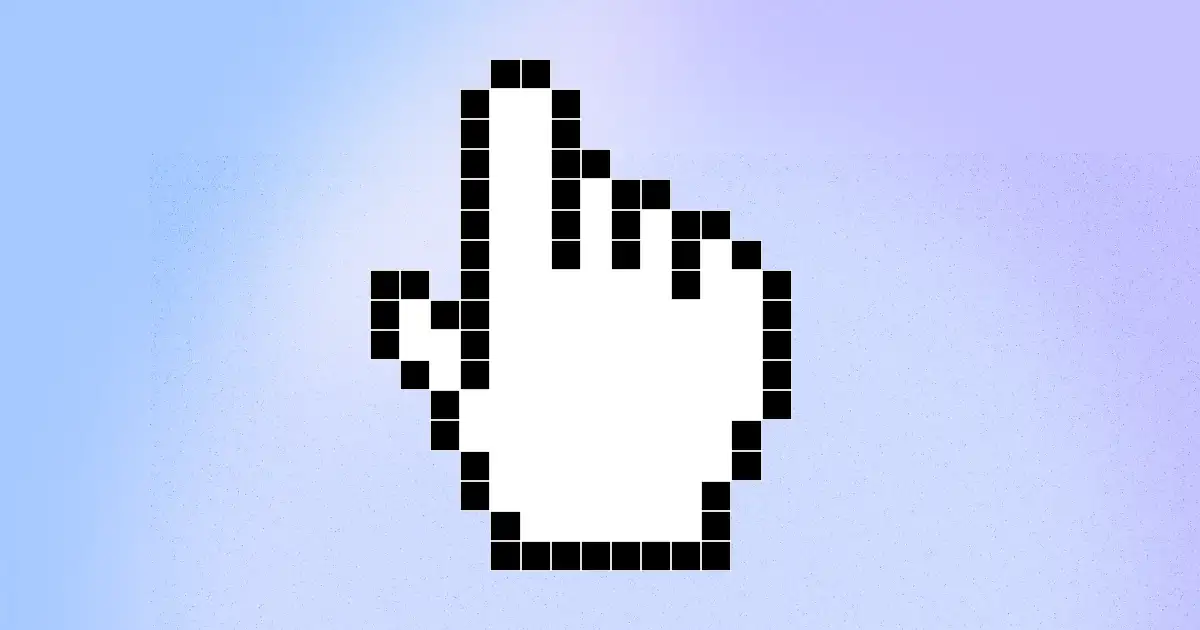Table of Content
Don't Take the Bait: A Guide to Recognizing and Preventing Phishing Attacks
/>These cyber tricksters are getting craftier by the day, and they're hungry for your precious data. 😱 But don't panic! We've got your back with this must-read guide to navigate the treacherous waters of the modern internet. 🏄♀️ Remember, in this digital age, knowledge is your best defense!Introduction
It is a known fact that advancement in technology has brought along its fair share of challenges, the most recent and the most imminent being the risk of cyber crimes.
Another threat with high severity in the world of technology is phishing, which is one of the most extensive dangers people and companies can come across on the World Wide Web. For instance, as the internet grows in size, this evil practice has increased in equal proportion because the use of the online platform has risen significantly, which has seen many people suffer identity theft, lost accounts, and even financial demise.
Phishing is a form of social engineering which takes its roots from the word ‘fishing’ where a guy targets to fish for the victims. Malicious actors, akin to cunning anglers, cast their lines into the vast ocean of the internet, hoping to lure their targets with carefully crafted bait. Whether it's a seemingly legitimate email, a deceptive website, or a persuasive social media message, the goal remains the same: to trick users into divulging their sensitive information, such as login credentials, financial details, or personal identification.
The Anatomy of a Phishing Attack

Image by FreePik
At the heart of a phishing attack lies a well-orchestrated scheme designed to exploit human psychology. Cybercriminals often rely on a combination of social engineering tactics and technical sophistication to ensnare their victims.
One of the most common phishing methods involves the use of fraudulent emails that mimic the appearance and branding of trusted organizations, such as banks, government agencies, or renowned companies. These emails may carry an air of urgency, claiming that the recipient's account has been compromised or that they need to verify sensitive information. The unsuspecting user, driven by a sense of fear or the desire to resolve the issue, is then directed to a fake website that closely resembles the legitimate one, where they are prompted to enter their login credentials or other sensitive data.
Phishing attacks can also manifest in the form of malicious links or attachments embedded within these emails. Once clicked or downloaded, these malicious elements can infect the user's device with malware, granting the cybercriminals access to valuable information or the ability to hijack the system.
The Evolution of Phishing Tactics
To fully understand the phishing process, we have to note that it is based on an elaborate plan that aims to exploit certain aspects of cognitive processes of target subjects. These people use both deception and technical know-how in their crimes to avoid detection and ensure their operations run smoothly.
Part of the typical and often sophisticated labels of the phishing approach is the creation of fake but seemingly authentic emails from well-known institutions like banks, government departments or organizations, popular companies among others. These emails could be demanding or may include some iconlinked messages which suggest that the recipient’s account is possibly compromised or that there is a need to fill in some data which is sensitive. The unsuspecting user, overwhelmed with fear or, the desire to resolve the issue at hand, is then lead to a clone website of the genuine site and is required to re-enter their login name and or password or other personal details.
Other types of phishing include links and attachments in the emails sent to the target victim as well as in corporate phishing attack. Once the user opens the file or receives the SMS containing the link, the malware will be launched on the device of the user and the cybercriminals will be granted access or complete control of the device.
Phishers, however, are constantly evolving in terms of technique due to standard rising with the uptake of technological advancement and growth of awareness among users. The modern phishing landscape features a diverse array of techniques, including:
1. Spear Phishing: Preplanned attacks where the hackers provide specific details about the victim to ensure that the phishing attempt is real enough and reasonably believable.
2. Smishing and Vishing: Instances that involve sending text messages to the targets (smishing) or making voice calls with the intention of tricking the targets to reveal their sensitive details.
3. Pharming: Intercepting users and shifting them to a counterfeit website when using either a DNS hijack or a malware-infected link, despite the correct URL being typed.
4. Whaling: Successfully crafted emails that are delivered to specific recipients that are likely to provide sensitive information such as executives, or government officials.
5. Clone Phishing: For instance, copying a valid message and changing the original text or the affixed files with the account owner’s consent but with an intention of infiltrating a virus.
The Consequences of Falling Victim
The cost of a phishing attack can be dire, whether for an individual or the organization for which he or she works. Identity theft, dissatisfaction with financial products or account mismanagement and ruinous reputation for credit scores are some consequences of identity theft. The same level of success of the phishing means loss of confidentiality of business information, degradation of the organization’s performance and customers and business partners distrust.
Aside from physical losses plus wrongdoing plus the resulting damage to school image and finances, for survivors, there might be significant emotional trauma. This leads to the condition where individuals feel endangered and frustrated over their privacy which hinders them from trusting computer mediated platforms. An inability to use computers and online resources could lead to total avoidance of these activities, to the occurrence of anxiety and stress-related disorders.
Previous instructions on how to avoid phishing seemed simple and straightforward until a discussion of new strategies was initiated.
As the threat of phishing increases, everyone needs to be extra careful and be more aggressive in the prevention of such incidents. Ensuring that oneself, as well as employees, know and understand the typical scams employed by hackers is one of the first defense lines. The basic failures of a phishing attempt include the usage of wrong spellings, the use of words such as ‘urgent’, asking people to release sensitive data among others are common clues with can be used to avoid such attempt.
Lastly, factors that can help minimize the impact of phishing attacks include the use of strong and reliable security features like antivirus, firewalls, and use of ID and passwords. Other ways of strengthening someone defenses include practicing secure browsing as well as ensuring that their software is updated.
In terms of risk management, corporations ought to develop sufficiently detailed outlines of the measures which should be taken in case of specific types of incidents and ensure that their employees possess adequate knowledge of cybersecurity threats. Conducting arbitrary reviews of security policies, effectively educating employees, and enforcing strict measures against access can further strengthen the organizational protection against phishing assaults.
Power of Technological Advancements

Image by FreePik
As new technologies continue shaping the society in terms of productivity, communication and overall society structure, the fight against phishing cannot be waived.Advanced spam filters and email authentication protocols, like DMARC (Domain-based Message Authentication, Reporting, and Conformance), are leveraging AI-powered algorithms to detect and block suspicious messages before they reach users' inboxes. Similarly, web browsers are incorporating built-in phishing detection mechanisms that warn users of potential threats, guiding them to safer browsing experiences.
The future of phishing prevention may also lie in the realm of biometric security measures, such as facial recognition and fingerprint scanning. By verifying the identity of users through unique physiological characteristics, these technologies can significantly reduce the effectiveness of phishing attempts that rely on stolen login credentials.
Conclusion
As the digital age continues to transform the way we live, work, and interact, the battle against phishing must remain a top priority. By fostering a collective awareness of the threats, embracing robust security measures, and leveraging the power of technological advancements, individuals and organizations can reclaim the digital landscape and navigate the treacherous waters of cybercrime with confidence.
This is not a war that will ever be won, but through stronger awareness, concern and a strenuous effort to improve the protection of our Virtual Identity, the battle can be led in favor of the correction of a world which is increasingly connected to the world wide web.




